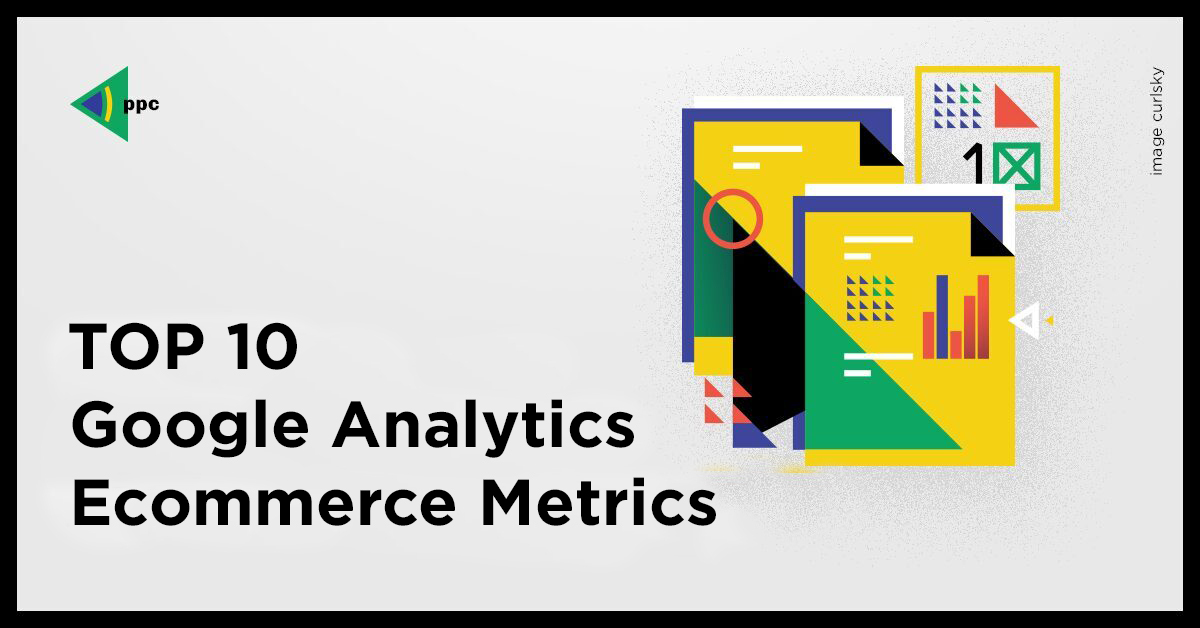
TOP 10 Google Analytics eCommerce Metrics
In order to receive a steady income from your e-commerce project, you should regularly track and analyze data and use them for further ad campaigns. Google Analytics is one of the main tools for web analytics.
GA includes loads of different reports and data, but we’re going to tell you about those of them which are likely to have influence on your further actions and help you take a new look on your promotion strategy.
Channels Report
It is critical for e-commerce websites to analyze different sources of traffic to understand which of them have proved to be efficient and need further development. At the same time, you should also know which channels are throwing your money down the drain. Google Analytics has a whole section where you can find answers to all these questions. You can easily find it by clicking Acquisition > Channels
Let’s have a look at Channels tab.
- Organic Search shows users who have come to your website from search engines. If you click it, you’ll find out which keywords and search engines were used by the users, which particular pages were viewed.
- Referral shows the number of users who came to your website from other resources by clicking a link. Once here, you’ll see a list of the sites that referred traffic to your site together with the pages of your websites viewed by the visitors.
- Direct shows website visits that arrived on your site either by typing your website URL into a browser or through browser bookmarks. If you click on this channel, you’ll see the pages users came to.
- Paid search comprises all of the traffic sources bringing visits to your site that are attributed as CPC, PPC, or paid search. Here you can see the keywords, the source of the channel and the pages viewed.
- Social traffic refers to traffic coming to your website from social networks and social media platforms.
- Other shows traffic in marketing campaigns you track with the help of UTM parameters.
Remember to set the time period necessary for data evaluation and group channels by conversions. It’s not the amount of traffic but its quality that matters in e-commerce.
Site Search Report
This report lets you understand what users search on your site. You can find it in Behavior > Site Search.
Use this report to make your website more convenient for users. They might look for something you don’t have so you’ll have a chance to add it. Alternatively, some necessary information can be hard to access so it’s necessary to move it to a conspicuous place.
New vs returning visitor report
You can find this report in Audience > Behavior > New vs Returning
This report helps evaluate the proportion of new and returning visitors and compare the income you get from them. If you see that the difference in the number of new and returning visitors is big, you should take steps to keep them loyal by using e-mail marketing, remarketing, working on the quality of the service.
However, keep in mind that if users clear the search history or use a different device to go to your website, they will be considered new visitors, so you shouldn’t rely entirely on these data and change your strategy immediately without a comprehensive analysis of all parameters.
Site Speed Report
Site Speed is an important metric that influences not only the bounce rate but also the rankings in search engines. That is why it’s necessary to take this report into consideration and regularly optimize the results. You can find this report in Behavior > Site Speed.
Demographics Report
This report shows the age and gender breakdown of your visitors. You can find it in Audience > Demographics.
The things to focus on:
- user groups with the highest conversion rate;
- user groups with the biggest number of transactions;
- user groups with the highest bounce rate.
Use these data to create more relevant offers and advertisements, to make social media targeting more precise. Think how you can solve the problem of high bounce rate in certain user groups and give a thought to the reasons of such state of things.
Location Report
This is another way to better explore your audience and find out which locations are more profitable for you. Having analyzed the received data, you can effectively use them for offline marketing activities, audience segmentation and detection of the highest-priority regions. You can find the Locations report under Demographics in the Audience section.
Browser & OS Report
You can find it in Audience > Technology > Browser & OS
This report is necessary to understand which browsers need further refinement. This is a very rare situation when the site looks the same on all browsers. For this reason, you should look at the report to learn which browsers get the lowest conversion rate and require further optimization. By clicking on the specific browser, you can see its different versions and understand which one failed.
Mobile Device Usage Report
The before-mentioned report analyzed the use of browsers, while this one deals with mobile devices. Still, their aim is the same: to make the site adaptative and user-friendly. So, look at the conversion rates and make conclusions.
You can find it in Audience > Mobile
Multi-Channel Funnels Report
This report shows the conversion paths that your customers took on their way to purchase. This data will help you analyze marketing channels and prioritize them. You can find it in Conversions > Multi-Channel Funnels > Top Conversion Paths
Product Performance Report
This report will help you find both popular and unpopular products on your site. Having analyzed the data, you can change the tactics of sales and, for example, give discounts for products that are not in high demand, and display more popular products on the homepage.
You can find it in Conversions > Ecommerce > Product Performance
Also, you’ll be able to see which products are usually bought together so you can offer them to your users while they are placing an order. It is also possible to find out which brands are in high demand and, based on this data, allocate the budget to the highest priority areas.
Ask our Google Ads agency if you have any questions about Google Analytics setup or any tracking issues.
















